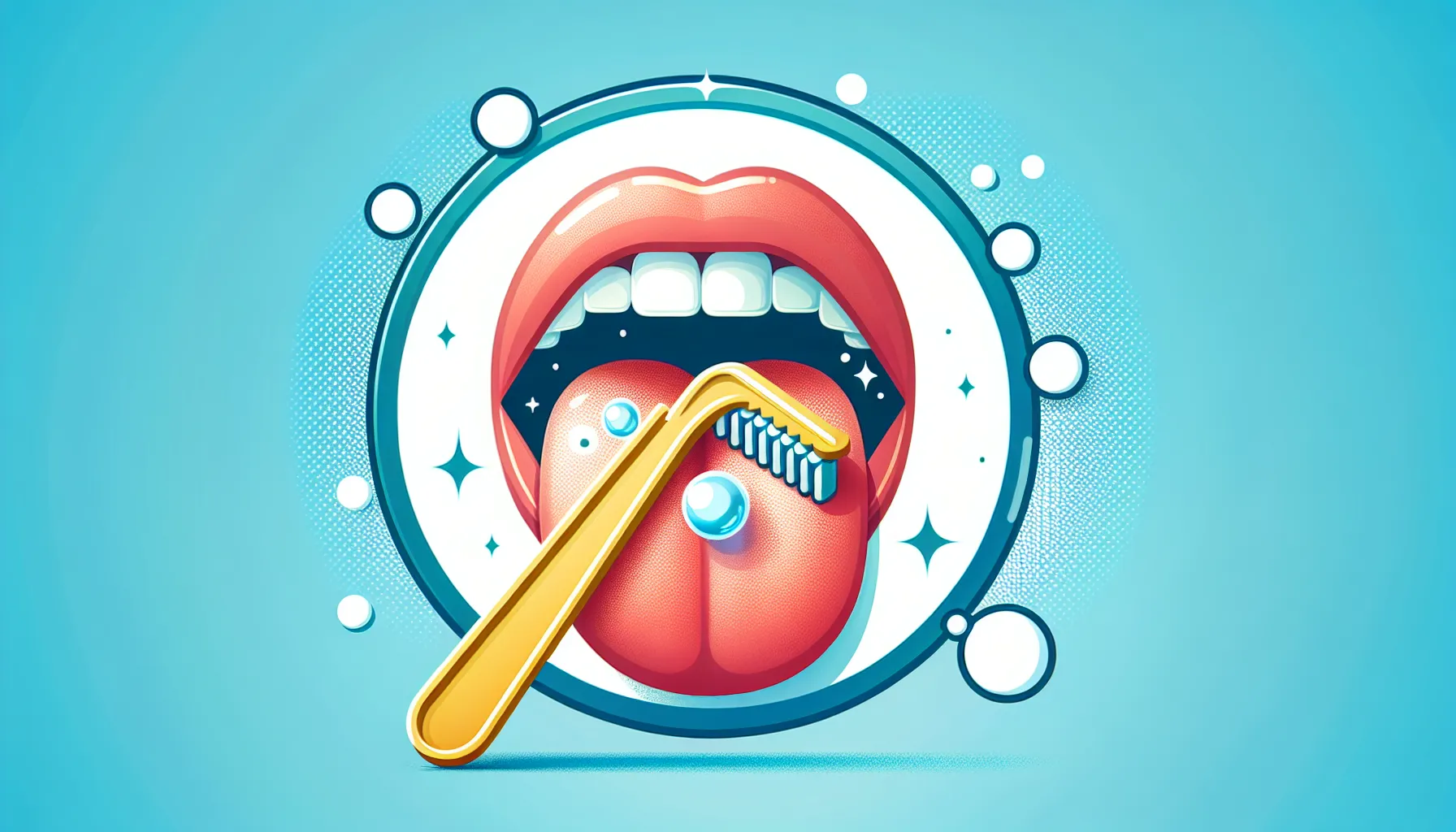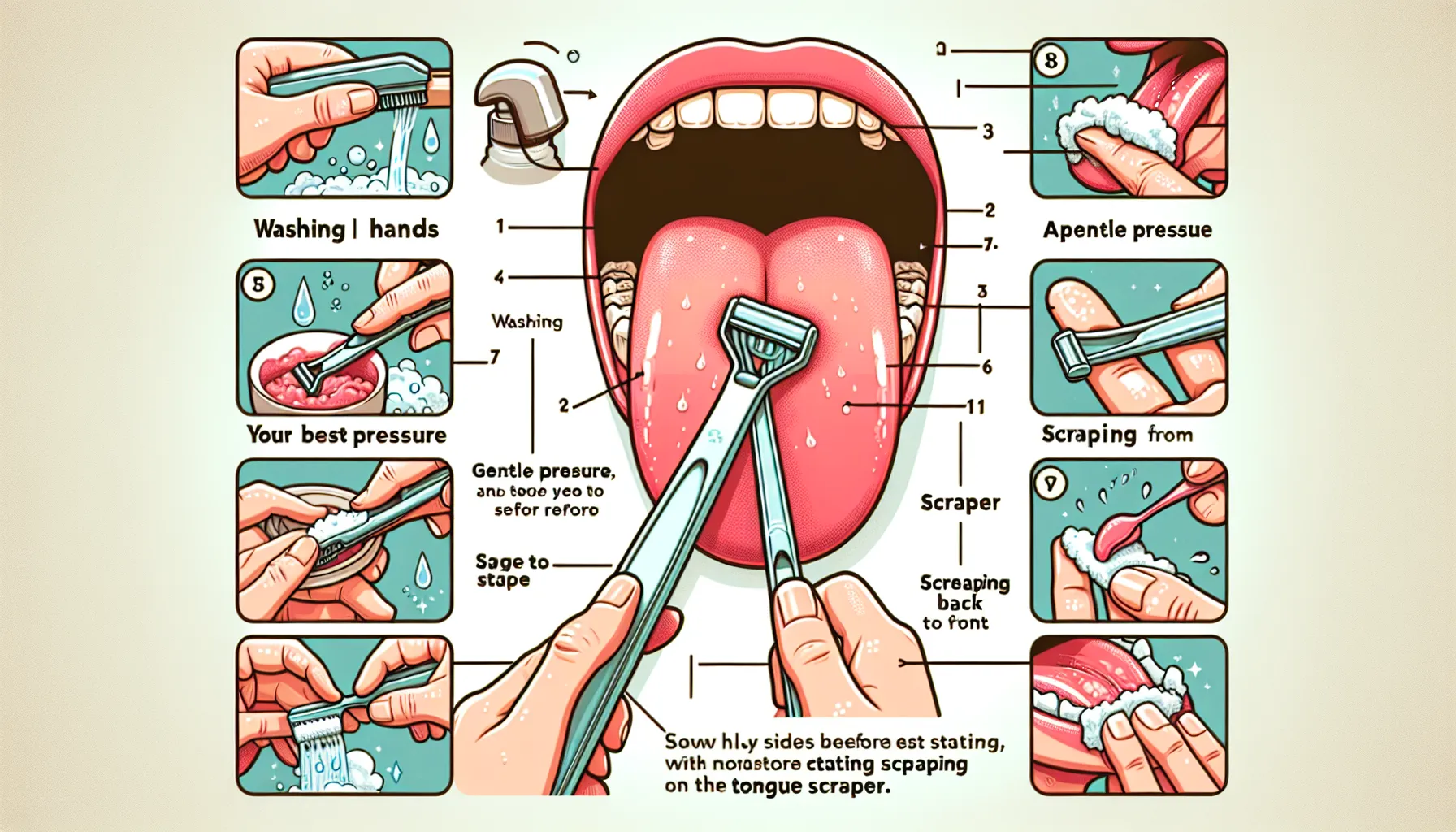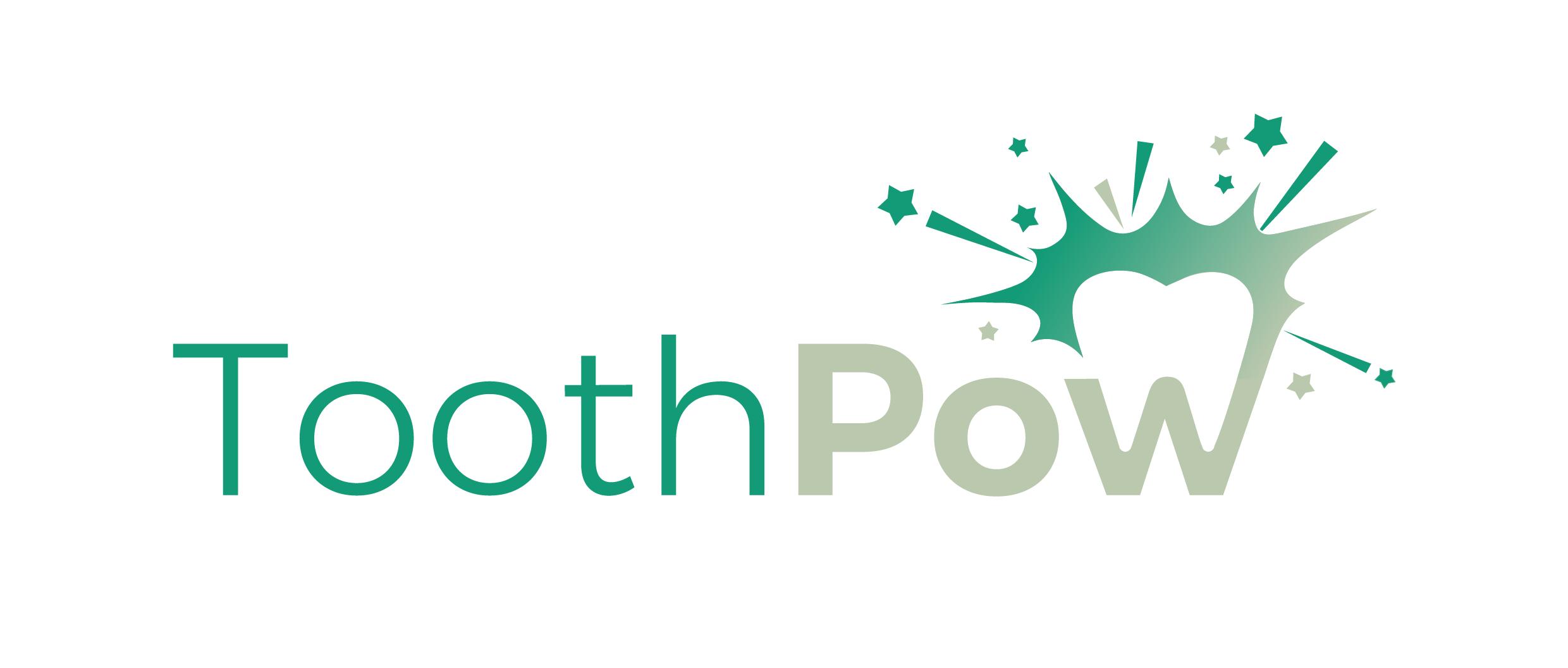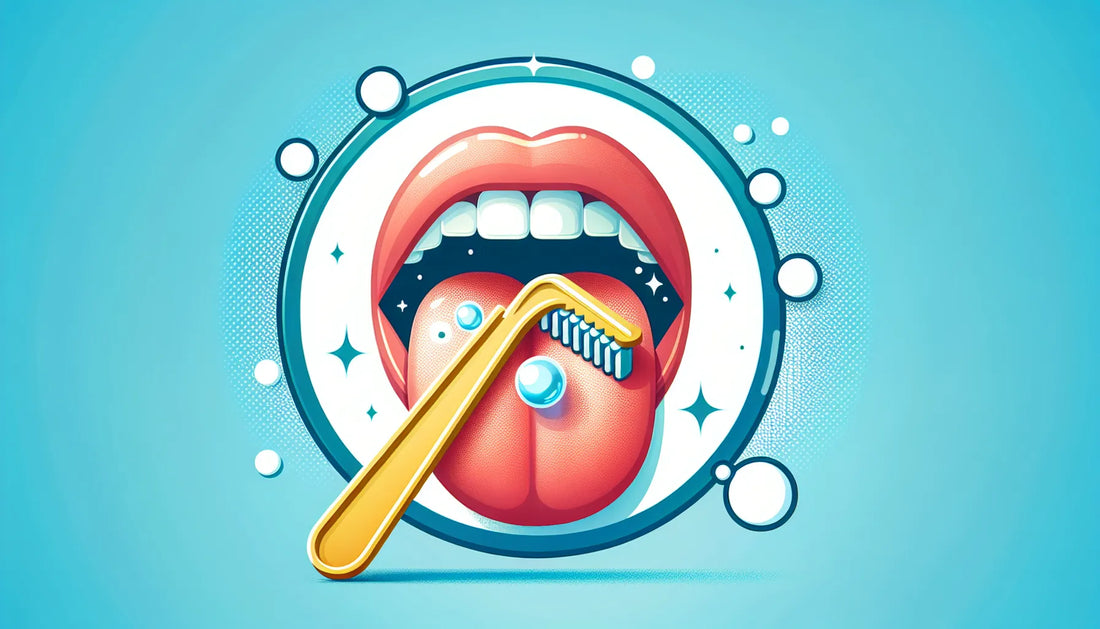Welcome to the complete guide for maintaining optimal oral hygiene! Good oral health is crucial for overall well-being, and one essential tool in achieving this is a tongue scraper. Throughout this comprehensive guide, we will delve into the numerous benefits of tongue scraping, how to select the ideal tongue scraper for your specific requirements, and the correct methods for its effective use. Whether you're new to this practice or seeking to elevate your current oral care regimen, this guide will equip you with all the necessary insights to make informed choices and attain exceptional oral health. Let's embark on this journey to uncover the secrets to a cleaner, fresher mouth!

Choosing the Right Tongue Scraper
When it comes to oral hygiene, tongue scraping is an essential practice that often gets overlooked. A tongue scraper can help remove bacteria, food debris, and dead cells from the surface of the tongue, contributing to better oral health and fresher breath. However, with various types of tongue scrapers available in the market, choosing the right one can be a daunting task. In this section, we will explore the different aspects to consider when selecting a tongue scraper.
Types of Tongue Scrapers
There are primarily two types of tongue scrapers: metal and plastic. Metal tongue scrapers are usually made of stainless steel and are known for their durability and effectiveness in removing buildup from the tongue. On the other hand, plastic tongue scrapers are gentler and may be more suitable for individuals with a sensitive gag reflex. Each type has its own advantages, and the choice between them depends on personal preference and comfort.
Considerations for Material
When choosing a tongue scraper, it's important to consider the material it's made of. Stainless steel scrapers are easy to clean and maintain, making them a hygienic option. Plastic scrapers, on the other hand, should be checked for BPA-free materials to ensure they are safe for oral use. Additionally, some individuals may have allergies to certain metals, so it's crucial to select a material that suits individual needs.
Design and Comfort
The design of a tongue scraper can significantly impact its usability. Some scrapers have handles for better grip, while others may have a U-shaped design for efficient cleaning of the tongue's surface. It's essential to choose a scraper that feels comfortable to hold and use, as this can encourage regular tongue cleaning as part of the oral care routine.
How to Choose a Tongue Scraper
When selecting a tongue scraper, it's advisable to consider personal preferences, such as the level of firmness, ease of use, and maintenance requirements. Reading product reviews and seeking recommendations from dental professionals can also provide valuable insights. Ultimately, the right tongue scraper is one that effectively cleans the tongue while being comfortable and convenient to use on a regular basis.
Choosing the right tongue scraper is an important step toward maintaining oral hygiene. By considering the types, materials, design, and personal preferences, individuals can find a tongue scraper that suits their needs and contributes to a healthier mouth and fresher breath.
Using Your Tongue Scraper
Tongue scraping is an important part of oral hygiene that often gets overlooked. Here's a step-by-step guide to using your tongue scraper effectively:.
-
Start by thoroughly brushing your teeth and rinsing your mouth with water.
-
Hold the two ends of the tongue scraper in both hands.
-
Extend your tongue and place the scraper at the back of your tongue.
-
Gently scrape from the back to the front, rinsing the scraper after each pass.
-
Repeat this scraping motion 5-10 times, covering the entire surface of the tongue.
-
Rinse your mouth and the tongue scraper with water.
-
Clean the tongue scraper with warm water and soap after use.
Tips for Effective Tongue Scraping
To ensure that you get the most out of your tongue scraping routine, consider the following tips:.
-
Scrape your tongue in the morning before eating or drinking anything.
-
Apply only gentle pressure to avoid causing any discomfort or injury to your tongue.
-
Clean your tongue scraper thoroughly after each use to prevent the buildup of bacteria.
-
Be consistent with your tongue scraping routine to maintain oral health.
How to Scrape (Clean) Your Tongue
Properly cleaning your tongue scraper is essential to prevent the spread of bacteria. Here's how to do it:.
-
Rinse the tongue scraper under hot water to remove any debris.
-
Use a natural soap and a toothbrush to scrub the entire surface of the scraper.
-
Rinse the scraper thoroughly to remove all soap residue.
-
Dry the tongue scraper with a clean towel before storing it in a dry place.
Incorporating tongue scraping into your daily oral care routine can lead to improved oral health and fresher breath. By following these steps and tips, you can make the most of this simple yet effective practice.

Conclusion
Choosing and using a tongue scraper is an essential part of maintaining oral hygiene. By incorporating a tongue scraper into your daily routine, you can effectively remove bacteria and improve overall oral health. Remember to select a high-quality tongue scraper and use it gently to avoid any discomfort or damage to the tongue. For more information on oral care products and tips, visit. ToothPow And sign up to be notified when the store launches. Take the first step towards a healthier mouth today!


